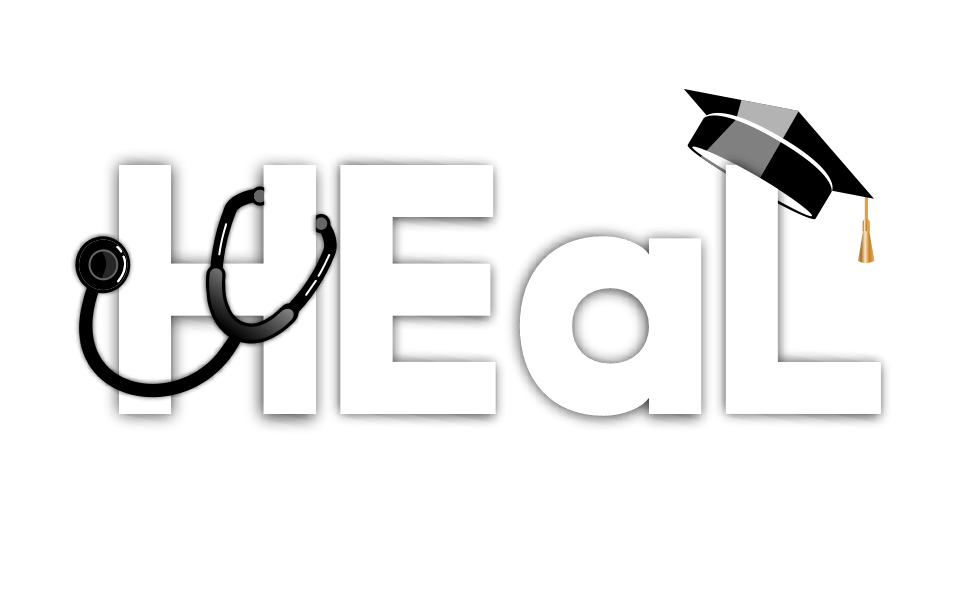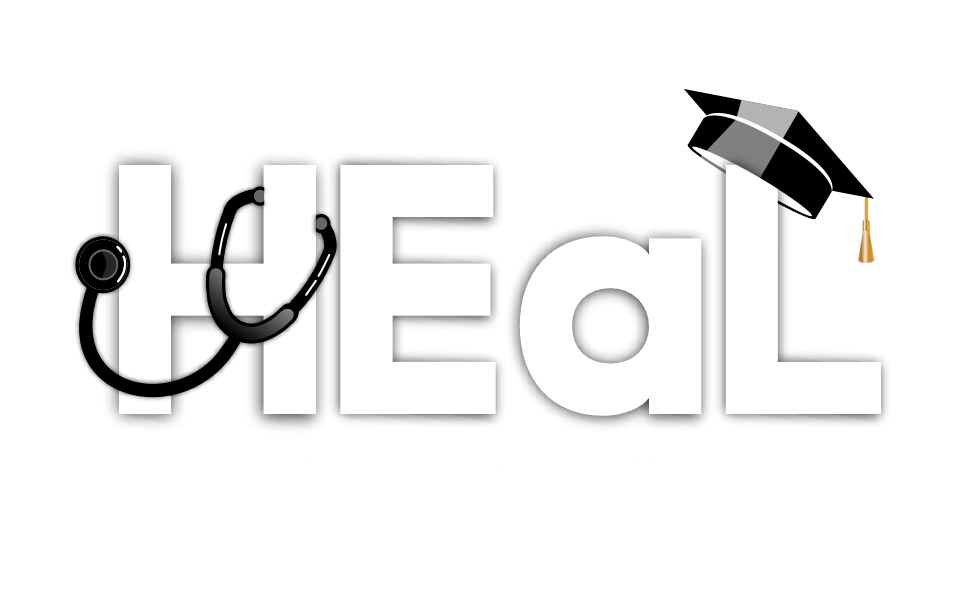Disruption is instrumental in organizational success, as businesses have to adapt to the ever-changing industry trends and evolving customer needs.
With most businesses striving to put added effort into digitizing and modernizing their workflows, the disruption needs are resonating with more enterprises. The goal is to fill the gaps around its workflow, including supply chain, quality of service, customer engagement, talent hiring process, and employee management. In other words, an enterprise must be adept at many operational areas to succeed—wherein intelligent business workflow is a prerequisite. It allows a workflow to be flexible while offering the ability to produce tangible benefits from market opportunities. But what’s an intelligent workflow? Let’s understand it in the following section.
Intelligent workflow: An Overview
Understand it this way: the workflow is how a business completes its operations. And an intelligent workflow is achieved with combined efforts of automation, AI, analytics, and other organizational skills to get the work done effortlessly. Automation dissolves operational friction by deriving valuable insights for taking immediate actions. The main characteristics of an intelligent workflow are agility, flexibility, and transparency.
The main goal of an intelligent workflow is to unlock novel ideas and processes. It is achieved mainly by combining emerging technology and cloud infrastructure with business processes and workflow.
For instance, when we talk about the healthcare sector, each target group has unique requirements, like millennials prefer online healthcare consultation. In contrast, baby boomers have their focus on a primary care provider. With emerging technologies like big data and AI, healthcare institutes can personalize care delivery and systems. An intelligent workflow provides opportunities for people from all generations to access and manage healthcare on their preferences.
How can intelligent workflows revolutionize the healthcare sector?
Intelligent workflows deliver unparalleled process integration and visibility, which needs to be more prominent in the current infrastructure. In fact, most healthcare applications follow standardized processes siloed in separate areas individually. This means they are neither integrated nor transparent. This can be changed by leveraging automation and AI to connect data and processes and combine them into one end-to-end workflow with a high degree of visibility.
Automation and other modernized processes can make substantial performance improvements in businesses. It is realized in terms of ROI boost, decreased operating costs, increased business speed, faster service deployments, improved healthcare services, and ultimately, enhanced customer satisfaction!
Nutshell
Combining AI with data, automation, analytics, and human efforts can lead to efficient and effective processes. In a nutshell, human and machine partnerships can truly unlock unmatched values and bring up unlimited possibilities to improve human life!






